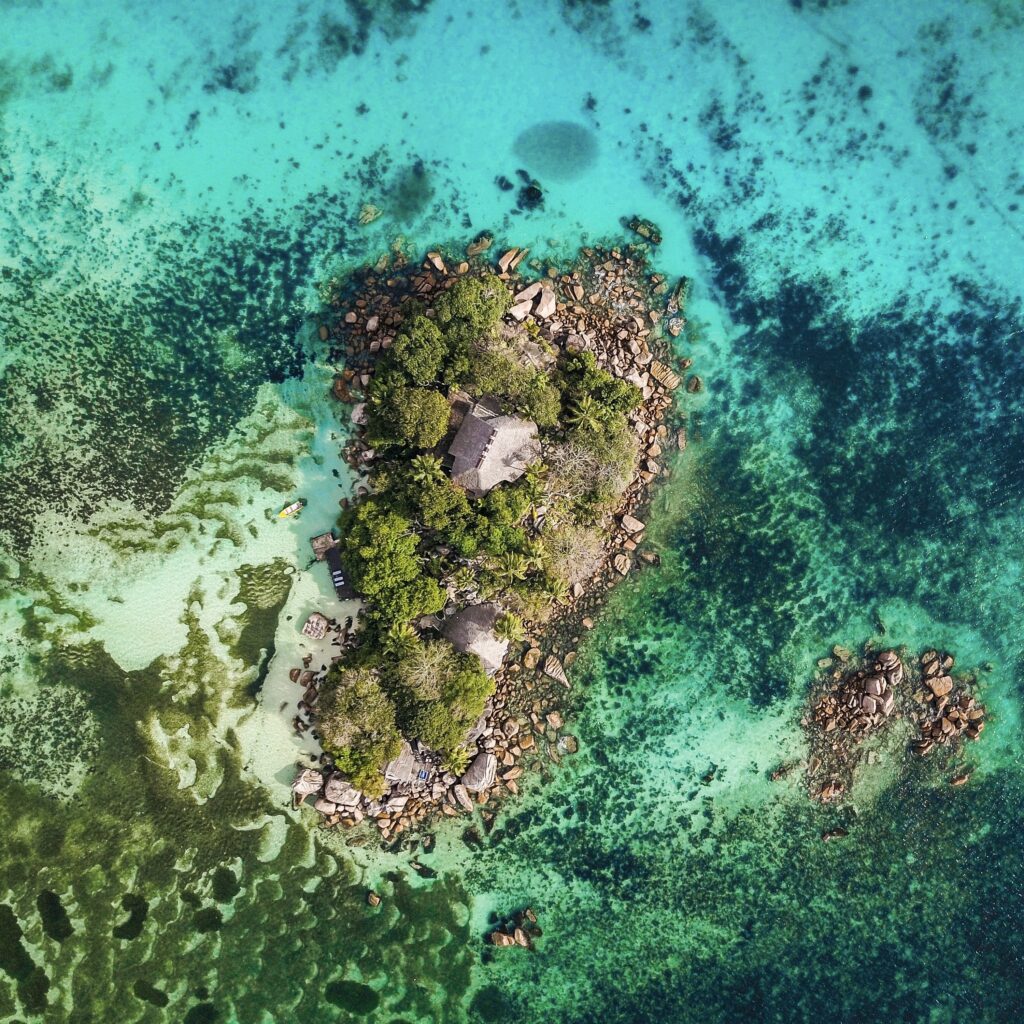
The Ultimate Guide to Island Hopping in the Seychelles
Prepare to be swept off your feet and transported to a land that could easily be mistaken for paradise – Seychelles. With its lush jungle,
Seychelles is where giant tortoises roam wild, flying foxes dominate the sky during the day, and mammoth Coco de Mer palm grows endemically. Add to this the verdant jungle, hulking granite boulders, and unbearably beautiful waters, and you’ve got the answer to why Seychelles is what most closely resembles paradise.
When it comes to hiking through forests of cinnamon and past otherworldly trees, there is no place like Mahé, while for exploring laid-back island life, you can’t beat La Digue. Beach bums will fall head over heels for the untouched beaches of Praslin with the bleach-blonde sand and azure waters. And wildlife lovers can’t go wrong with the aptly named Bird Island, a breeding ground for sooty terns, and the tortoise rehabilitation center on Curieuse Island.
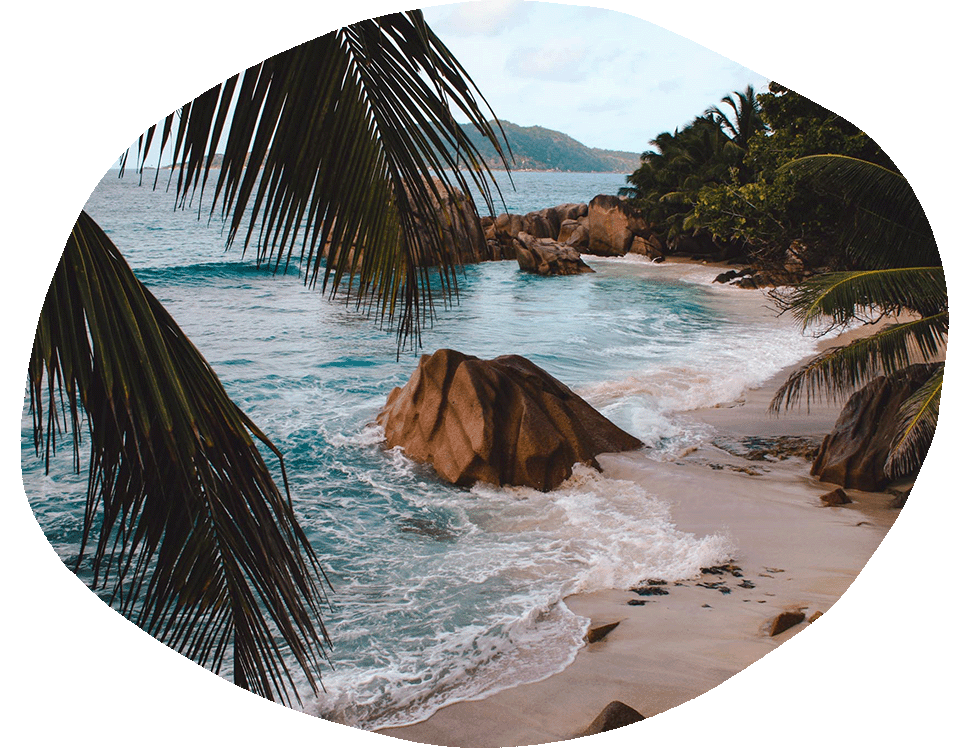








Escape to the serene and captivating island of La Digue, where life slows down, and bicycles reign supreme as the preferred mode of transportation. Explore the world-famous Anse Source D'Argent beach, linked to the historic L’Union Estate, and hike through the jungle to the secluded Anse Marron or Anse Cocos.
Hikers will enjoy the challenge of reaching the highest point on the island, the Nid D'Aigle, also known as the Eagle's Nest.
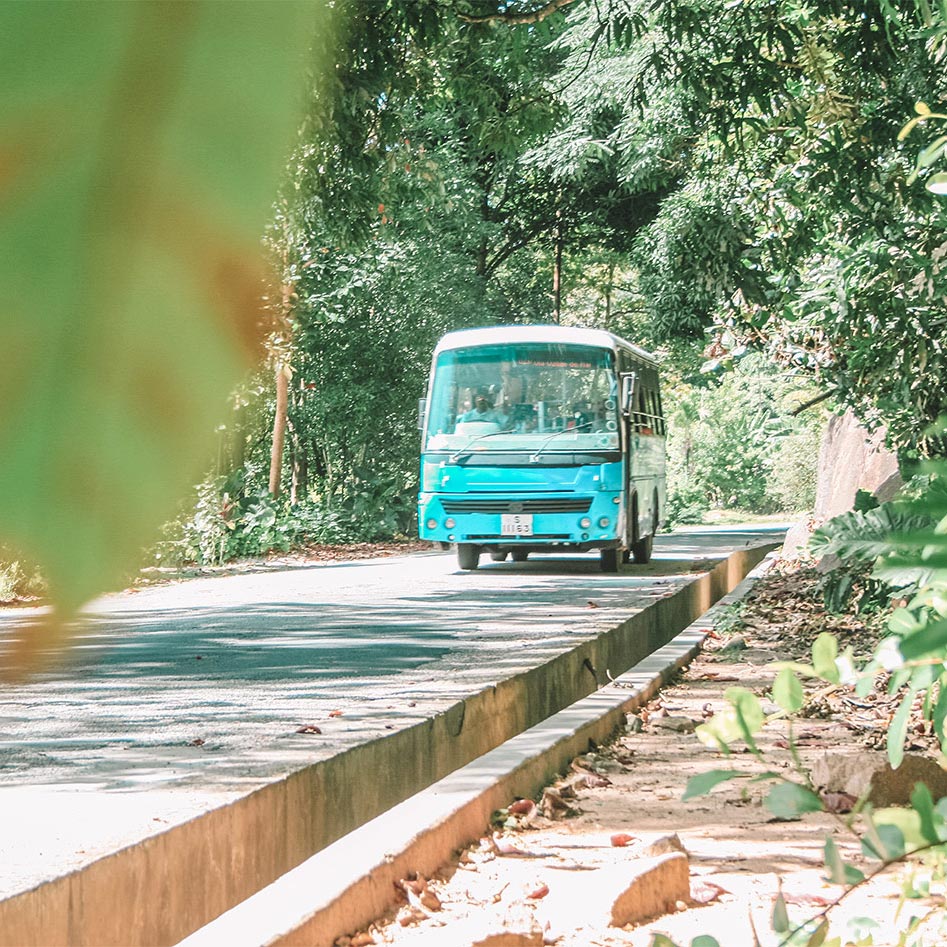
Discover the alluring paradise of Praslin, the second-largest island in the Seychelles. Explore the mystical Vallée de Mai, a UNESCO World Heritage site that houses the largest nut in the world, the Coco de Mer, and rare bird species like the elusive black parrot.
Relax on stunning beaches like Anse Lazio and Anse Georgette, consistently ranked among the world's most beautiful beaches, and hike through Plaine Hollandaise on trails like Salazie and Pasquière.

On Mahé, explore the bustling capital of Victoria, where modern and colonial architecture blend seamlessly, and indulge in local delicacies at the Sir Selwyn Selwyn-Clarke Market. Then, venture into the natural wonders of Morne Seychellois National Park, where hiking trails lead to breathtaking waterfalls and panoramic views.
Take a short nature trail hike to uncover hidden treasures like Ros Sodyer or Anse Major, and don't forget to visit the enchanting Sauzier Waterfall for an unforgettable experience!

Originally named Ile Rouge for its fiery-red soil, Curieuse has rich endemic flora and fauna. Not only is it covered in thick and rich mangroves, providing the perfect playground for hiking enthusiasts, but it is also home to one of the two natural forests of the Coco de Mer palm tree, which produces the largest and heaviest seeds in the world.
But its most noticeable presence is the 300-strong colony of Aldabra giant tortoises roaming freely.

Just 5km off the northwest coast of Mahé, you will find Sainte Anne Marine National Park. It is the oldest marine reserve in Seychelles, comprised of five islands and three uninhabited islets.
And with its dazzling turquoise waters, over 150 species of marine life, and colorful reefs, this is a heaven for snorkeling and diving! Bottlenose dolphins will also amaze you as you explore the area by glass-bottom boat ride or island hopping.

This granitic island is a nature reserve with a longstanding and particularly successful ecotourism program that started in the 1970s.
A paradise for bird watchers, Cousin is all about wandering around and taking in the local life. Seychelles sunbirds, fairy terns, the Seychelles Warbler, and the Seychelles Fody are only a few of the endemic bird species nesting on the ground completely fearless as there are no predators.

A former pirates’ hot spot, Silhouette Island remains a mystifying destination with natural wonders, from the dense jungles to sandy bays. With just 100 locals and two hotels, Silhouette is a serene, untouched paradise, where you can relish the stunning Anse La Passe beach.
The true gems, however, are the abandoned settlements of Grande Barbe and Anse Mondon harboring hidden beaches only accessible by hiking through dense jungles and rugged terrain.

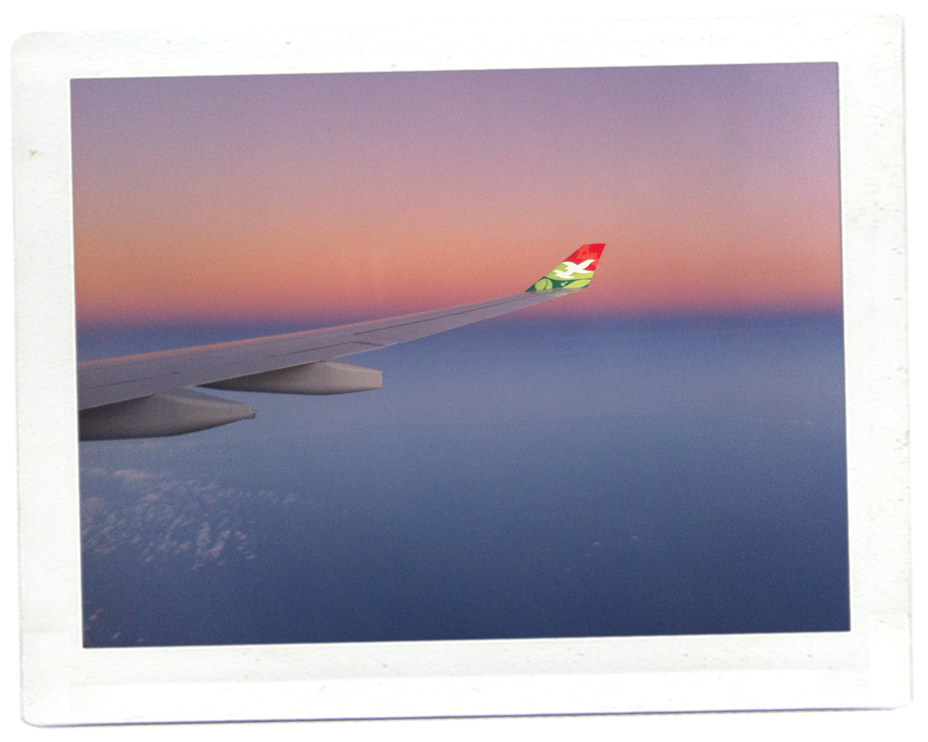
By Plane: The national carrier, Air Seychelles, offers multiple daily flights between Mahé and Praslin, as well as flights to other nearby islands such as Bird Island and Denis Island.
There are also a few smaller airlines that operate in Seychelles, such as Zil Air and Island Development Company (IDC), which provide chartered flights and scenic tours. These airlines offer flights to some of the more remote islands in Seychelles that are not served by Air Seychelles.
By Ferry: The two main ferry operators are Cat Cocos and Inter Island Ferry Seychelles. Cat Cocos offers daily ferry services between the islands of Mahé, Praslin, and La Digue, while Inter Island Ferry Seychelles (also known locally as Cat Rose’s) provides services between Praslin and La Digue.
By Tours: Mahé boasts an impressive lineup of tour operators including Cocotier Tours, Vasco Tours, Islandtour, and Discovery Agri Tours, while Atoll Divers is a must-try for diving enthusiasts. Head over to Praslin and explore the crystal clear waters with Loyalty Charter, Angel Tours, Surfari, Geoli Charters, and Kreol Adventures.
Finally, on La Digue, follow the nature trails with Sunny Trail Guide or Adventure Trail, paddle your way through the pristine waters with Crystal Water Kayaks, and hop over to nearby islands with Liberty Charter and Nevis Ernesta.

From May to September, the stronger southeast trade wind dominates, bringing with it a bounty of seaweed to the southeast and south coast beaches. Despite this, these months are also the driest of the year, perfect for those seeking sunny skies. Come December to February, the northwest trade wind takes over, bringing in a more humid climate.
However, between these two periods, there are fewer rain showers and almost no wind, resulting in a calm sea. Thus, April/May and October/November are the prime months to visit the Seychelles. Not only are they the most suitable in terms of weather, but they are also ideal for wildlife enthusiasts.
Bird watchers should plan their visit in April/May to observe the breeding season, while divers seeking to spot whale sharks and those wishing to witness hawksbill turtles excavating nests and laying eggs should visit in October/November.
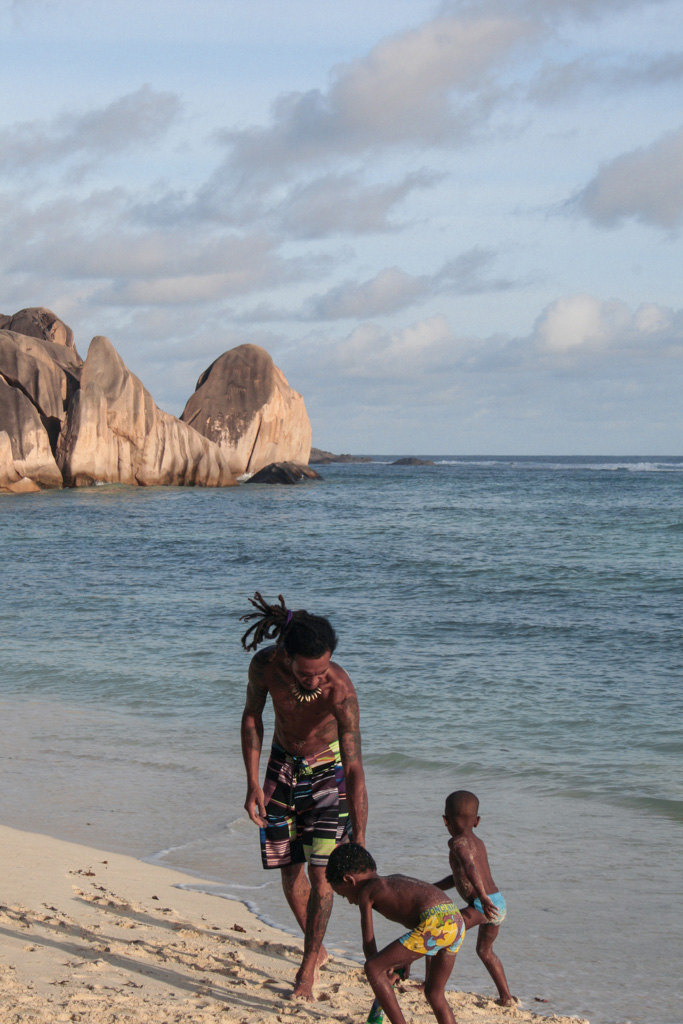
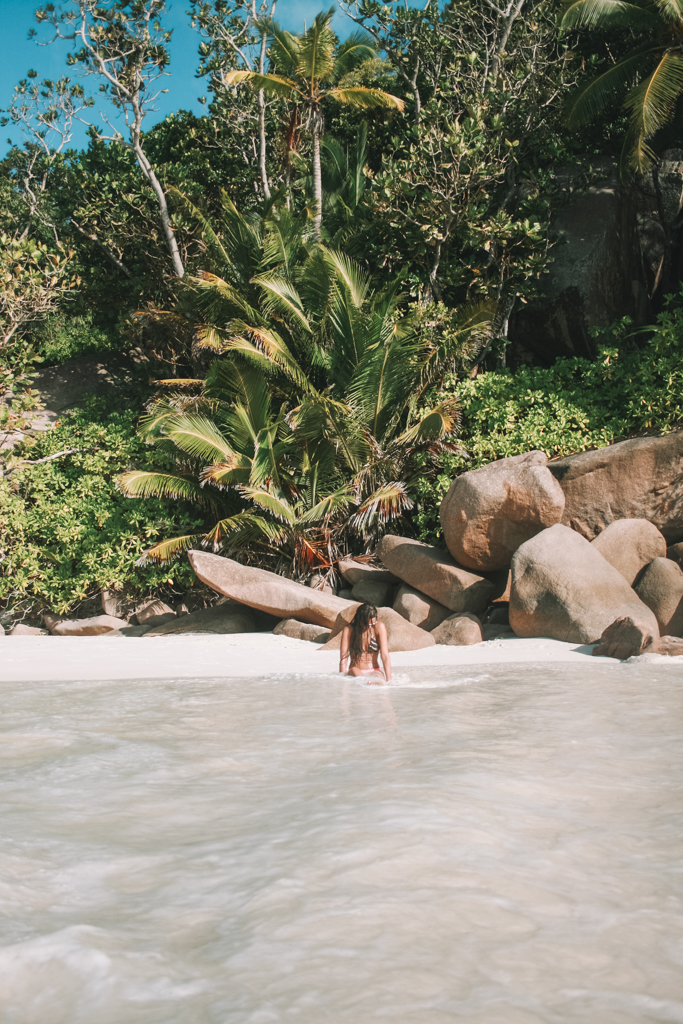

~ Language: The national languages are English, French, and Seychellois Creole. The latter, a French-based Creole language, is spoken as a native language by approximately 95% of the population, making it the most commonly spoken language in the country.
~ Currency & ATMs: Seychelles uses the Seychellois rupee (SCR) as its currency, and you can expect to get approximately 13SCR for every $1. To get the best exchange rate, withdraw Seychellois rupees from an ATM, with Barclays being the main bank. However, it’s also useful to keep some euros or US dollars on hand since many tourist spots – including restaurants, hotels, car rentals, and tour operators – prefer these currencies.
~ Safety: Although petty crime can happen, it’s typically non-violent, and Seychelles is considered one of the safest countries in Africa. The small nation, however, is battling a heroin epidemic of huge proportions, with an equivalent of nearly 10% of the working population being addicted to heroin.
~ Tap Water: Although tap water in Seychelles is safe for consumption, it may have a high level of chlorine, leading many to prefer bottled water instead.
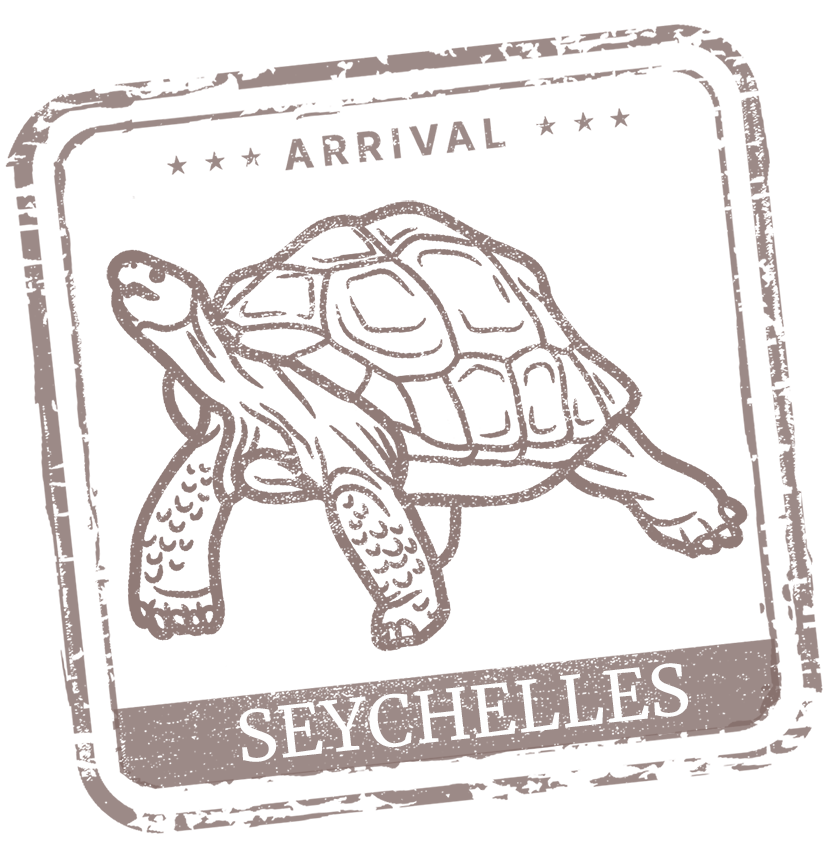

Banana takes the spotlight in Seychelles’ popular dishes, including the mouth-watering Ladob enjoyed as a sweet or savory treat. The dessert version blends boiled ripe plantain, sweet potatoes, or breadfruit in coconut milk, sugar, nutmeg, and vanilla, while the savory version uses salted fish. Kat-Kat Banana boasts green bananas boiled in coconut milk and mixed with shredded fish, while Carotte features a honey-vanilla banana wrapped in banana leaves.
Grilled fish, usually red snapper or jackfish, flavored with crushed chili, garlic, and ginger is a staple in Seychellois cuisine. Other delicacies include delicious tectec seafood soup and Chatini (or Satini) Requin made from boiled and mashed shark meat mixed with bilimbi fruit, lime juice, fried onions, and spices such as turmeric.
The menu also boasts unique curries, including Kari Koko Zourit made with octopus in coconut milk, and Rousettes, a spicy dish with flying fruit bats.

Activities such as snorkeling, scuba diving, and island tours range from approximately $70 to $200 USD per person. Private yacht charters and helicopter tours are more expensive, typically starting at around $500 to $1,000 USD per hour, plus mooring and entry fees for the marine park.
Nature trails are free, except for Copolia Trail (SRC100), while nature reserves such as Veuve Reserve, Vallee de Mai, and Fond Ferdinand require payment of SCR150, 300, and 450, respectively. Access to beaches is free with the exception of Anse Source D´Argent which requires you to pay the SCR 115 entrance fee to access L’Union Estate.
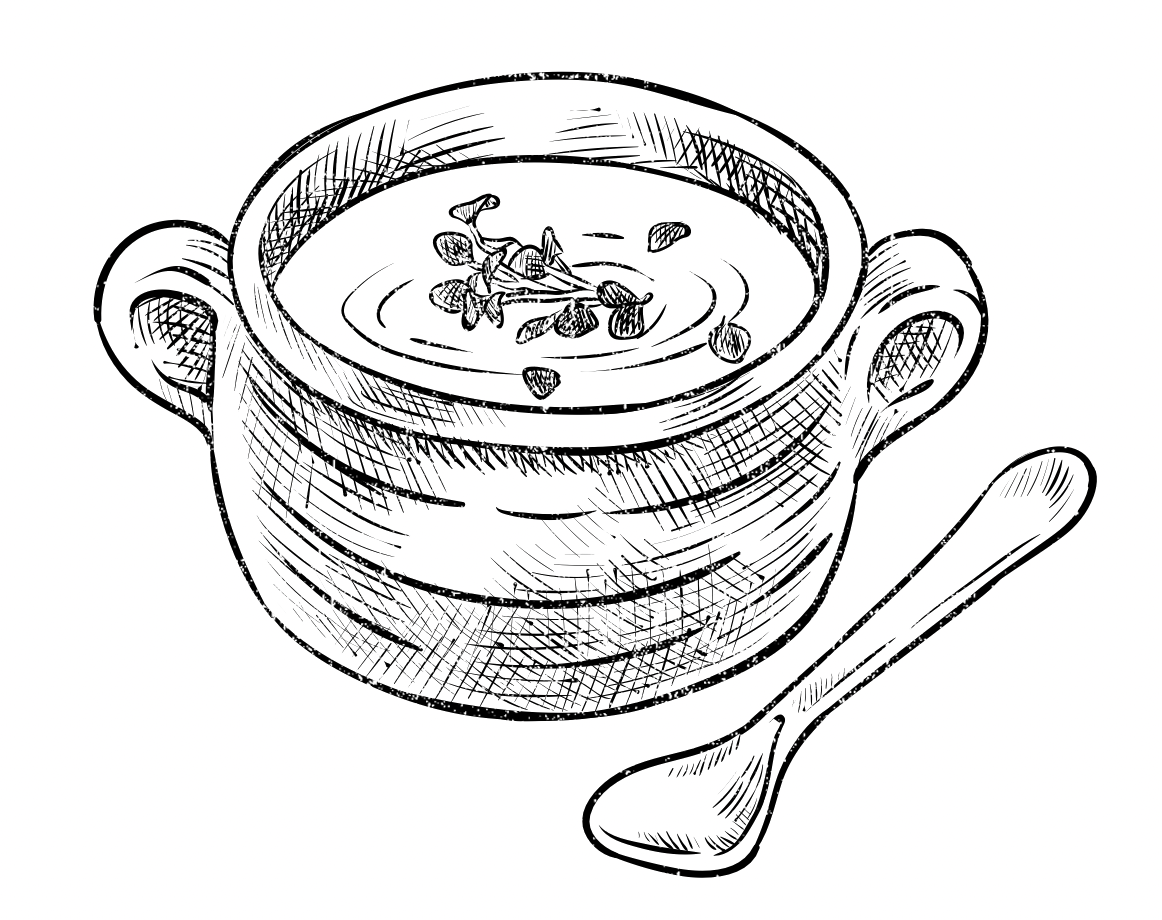
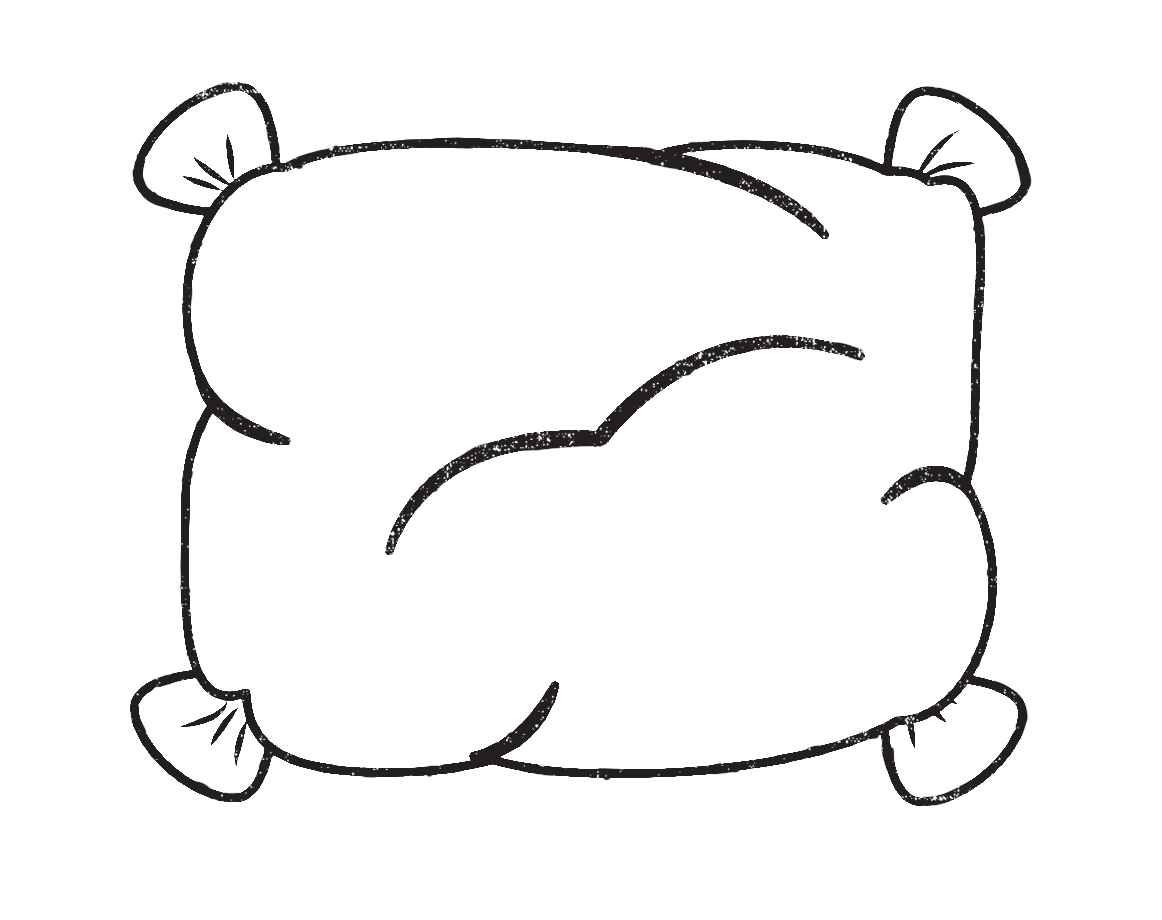


Prepare to be swept off your feet and transported to a land that could easily be mistaken for paradise – Seychelles. With its lush jungle,
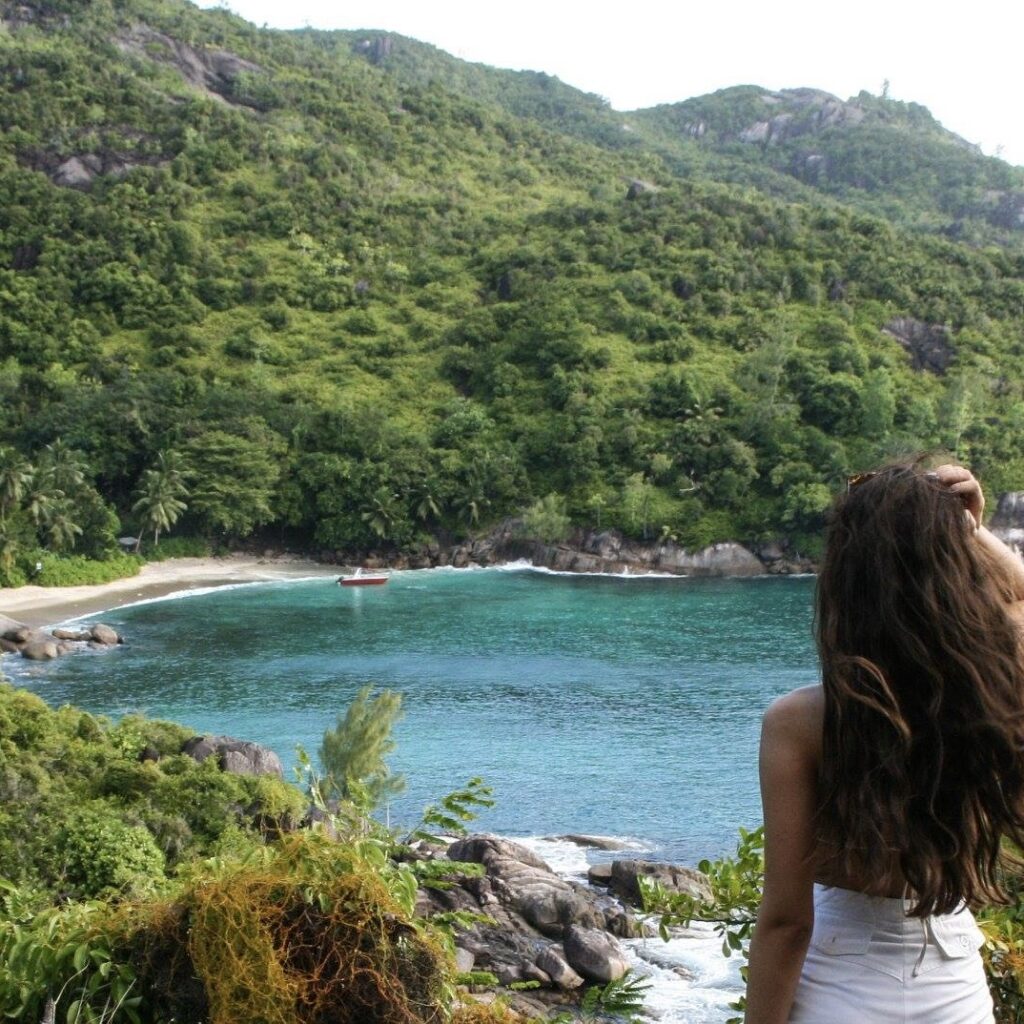
Imagine stepping onto a secluded island where the waters are a pristine turquoise, the sand is a gleaming white, and the lush vegetation stretches out

Close your eyes and picture Seychelles. What comes to mind? A palm-lined beach, complete with an elegant resort boasting beachfront rooms and romantic restaurants, perhaps?
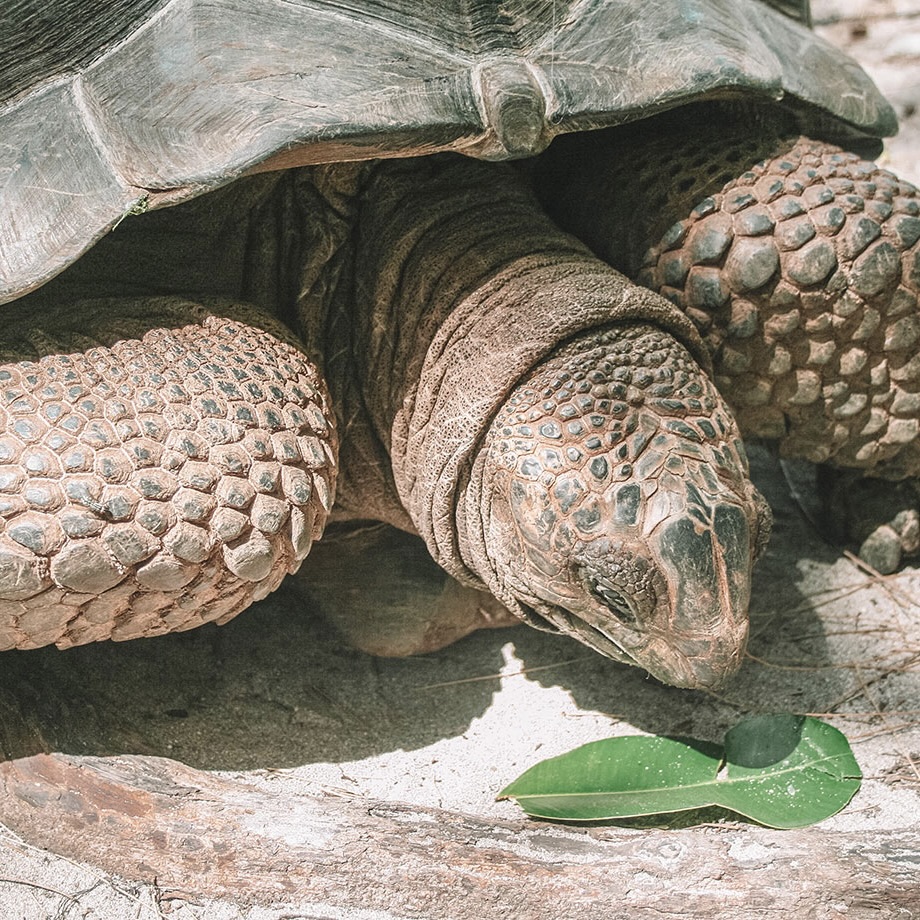
Embark on a journey to the captivating Curieuse Island in Seychelles, where a mesmerizing fusion of history, nature, and conservation awaits.

Step into a world of wonder and enchantment just off the northwest coast of Mahé, where the St. Anne Marine National Park beckons with its